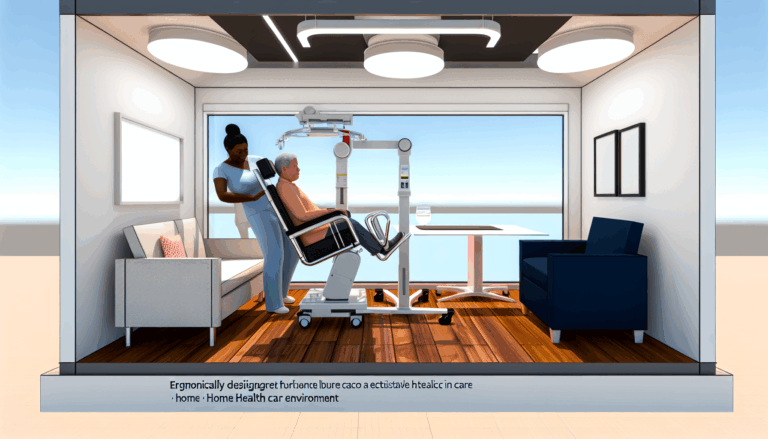5 Ways to Create a Patient-Centered Home Health Care Experience
If you or a loved one is recovering from an illness or managing a chronic condition, you know how critical it is to have efficient and compassionate home health care. The difference between a good home care experience and a great one often comes down to focusing on the patient’s needs and preferences. Here are some strategies to ensure a patient-centered approach in home health care.
1. Understand the Patient’s Personal Needs
Begin with a comprehensive understanding of your patient’s unique needs, including medical, physical, and emotional requirements. Engage with the patient and their caregivers to gather information about their personal preferences, comfort, lifestyle, and routine. Having this level of knowledge allows for personalized care that respects and upholds the patient’s dignity, autonomy, and quality of life.
2. Involve the Patient in Decision Making
Patients are more likely to be satisfied with their care if they feel their voices are heard and their preferences are taken into consideration. Provide patients with understandable information about their condition and care plan, which allows them to make informed decisions about their own health. Even small decisions, like what time they prefer to take their medications or when they wish to bathe, can make a significant difference to their comfort and sense of control.
3. Regularly Monitor and Review Care
Continual monitoring and reviewing the home health care plan allows for modifications based on the patient’s evolving needs. Regular assessments also help detect any changes in the patient’s health status that might require immediate intervention. Keeping the care plan dynamic and responsive contributes to better health outcomes and patient satisfaction.
4. Strong Communication and Collaboration
Open communication among patients, caregivers, and healthcare professionals is vital in home health care. Regular updates, discussions, and consultations foster a collaborative atmosphere where everyone works towards the same goal – the patient’s health and wellbeing.
5. Emotional and Psychological Support
Aside from physical health and recovery, the emotional and psychological aspects of a patient’s wellbeing should not be overlooked. From providing companionship and empathetic conversations to arranging mental health support services when needed, an inclusive approach can significantly enhance the home health care experience.
In conclusion, making home health care patient-centered by focusing on personalized care plans, involving patients in decision making, regularly monitoring their health, encouraging active communication, and offering emotional support can make a world of difference to patients and caregivers navigating the complexities of illness and recovery in a home setting. It’s an approach that respects and cherishes the individual, contributing to stronger patient satisfaction and better health outcomes.



